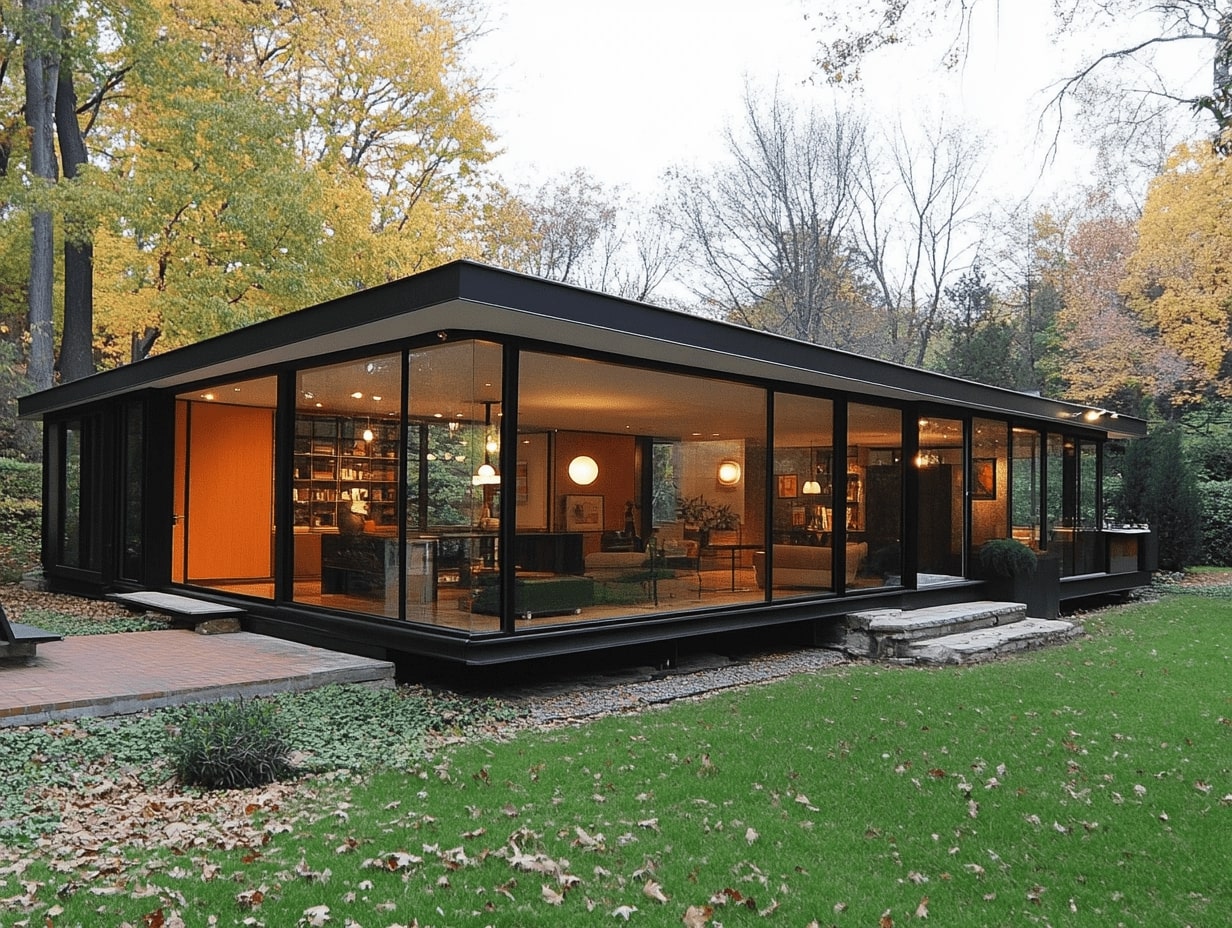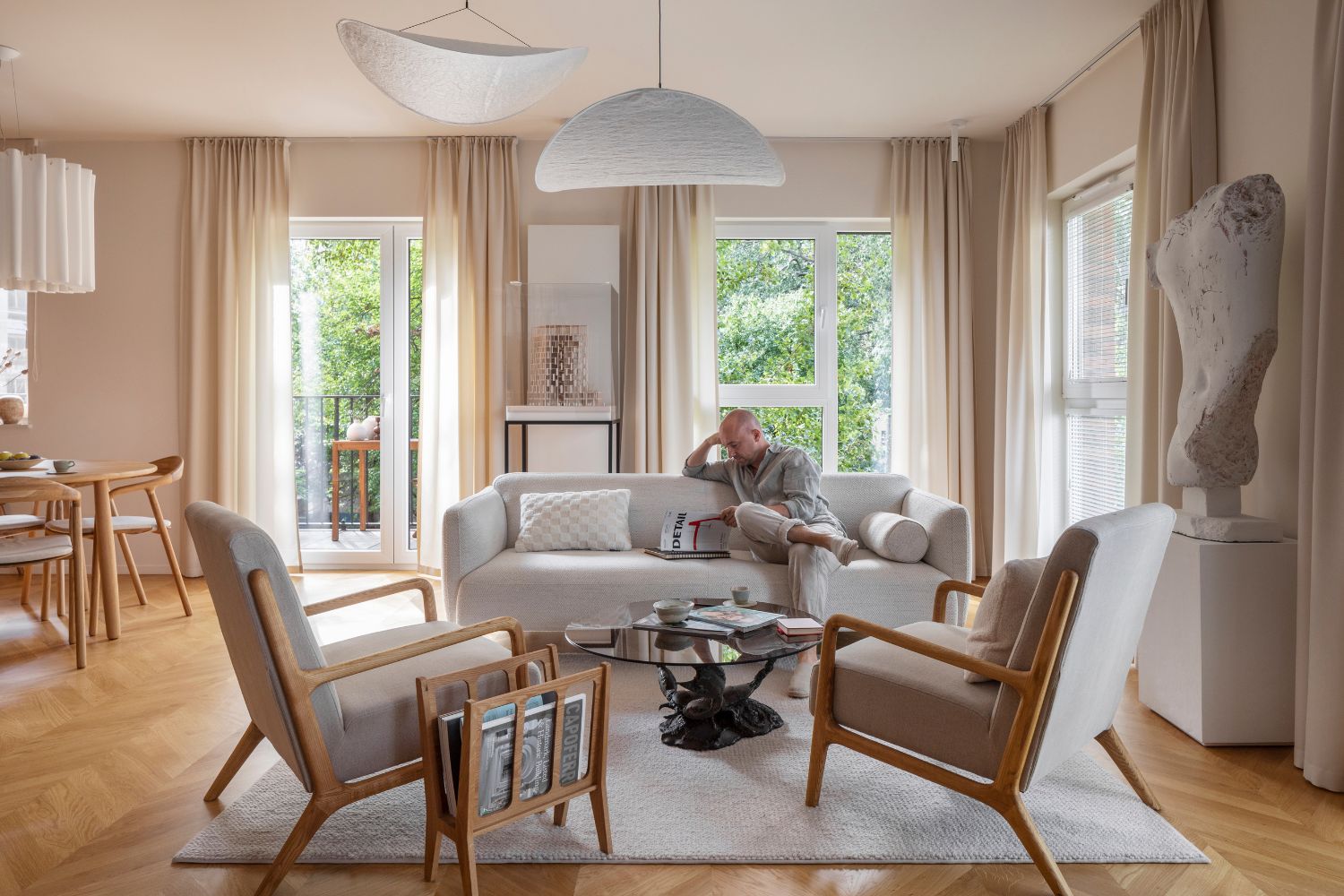- Home
- Articles
- Architectural Portfolio
- Architectral Presentation
- Inspirational Stories
- Architecture News
- Visualization
- BIM Industry
- Facade Design
- Parametric Design
- Career
- Landscape Architecture
- Construction
- Artificial Intelligence
- Sketching
- Design Softwares
- Diagrams
- Writing
- Architectural Tips
- Sustainability
- Courses
- Concept
- Technology
- History & Heritage
- Future of Architecture
- Guides & How-To
- Art & Culture
- Projects
- Interior Design
- Competitions
- Jobs
- Store
- Tools
- More
- Home
- Articles
- Architectural Portfolio
- Architectral Presentation
- Inspirational Stories
- Architecture News
- Visualization
- BIM Industry
- Facade Design
- Parametric Design
- Career
- Landscape Architecture
- Construction
- Artificial Intelligence
- Sketching
- Design Softwares
- Diagrams
- Writing
- Architectural Tips
- Sustainability
- Courses
- Concept
- Technology
- History & Heritage
- Future of Architecture
- Guides & How-To
- Art & Culture
- Projects
- Interior Design
- Competitions
- Jobs
- Store
- Tools
- More
Steel Homes vs Traditional Homes: Weighing Durability, Cost, and Environmental Impact
Explore the pros and cons of steel homes versus traditional homes in this insightful article. Discover how steel's durability and modern design stack up against the timeless charm and familiar construction of traditional structures.

As we explore the ever-evolving landscape of housing, the debate between steel homes and traditional homes emerges as a fascinating discussion. Steel homes have gained traction for their durability, sustainability, and modern appeal, challenging the long-standing dominance of conventional brick-and-mortar structures. With climate change and resource efficiency becoming increasingly critical, it’s no wonder we’re seeing a shift in how we think about our living spaces.
While traditional homes offer a sense of nostalgia and familiarity, steel homes present a compelling alternative with their sleek designs and resilience against environmental challenges. As we weigh the pros and cons of each, we must consider factors like cost, energy efficiency, and long-term maintenance. By understanding these differences, we can make informed decisions that align with our values and lifestyle needs. Let’s delve into the unique attributes of steel and traditional homes to see which might best suit our future living aspirations.

Table of Contents
ToggleUnderstanding Steel Homes
Steel homes offer a modern alternative to traditional housing. They’re constructed using steel frames, providing unique features that set them apart from conventional builds.
Advantages of Steel Homes
Durability tops the list of benefits. Steel’s strength outperforms wooden structures, resisting pests and harsh weather conditions more effectively. Sustainability follows closely, as steel is recyclable and can reduce environmental impact. Additionally, steel homes often feature sleek, contemporary designs appealing to those seeking modern aesthetics. Energy efficiency also stands out. Many steel homes include energy-saving technologies, reducing long-term utility costs.
Potential Drawbacks of Steel Homes
Initial expenses may deter some buyers. Steel homes can involve higher upfront costs due to material and specialized construction needs. Insulation challenges arise, especially in extreme climates, where regulating indoor temperatures can become expensive. Lastly, limited availability of skilled builders can pose construction delays or increased labor costs, as expertise in steel construction is not as widespread as traditional methods.

Exploring Traditional Homes
Traditional homes, commonly built with materials like wood and brick, have been a staple in housing for centuries. Their classic appeal and familiar construction methods offer distinct advantages and constraints.
Benefits of Traditional Homes
Traditional homes often attract buyers looking for authenticity and charm. Familiarity with local construction practices means skilled labor is widely available, reducing the risk of delays. Materials like brick offer excellent thermal mass, helping maintain comfortable indoor temperatures. Customization remains straightforward, allowing homeowners to incorporate various architectural styles easily.
Limitations of Traditional Homes
However, traditional homes present several challenges. Susceptibility to pests and rot can lead to higher maintenance costs over time. Natural disasters such as earthquakes and floods pose significant risks to these structures. Additionally, energy efficiency might lag behind more modern constructions, leading to increased utility bills. As building codes evolve, adapting older homes to new regulations may incur extra expenses.

Cost Comparison
Steel homes often come with a higher upfront cost compared to traditional homes. The price per square foot for steel constructions typically ranges from $150 to $200, influenced by factors like location and customization choices. In contrast, traditional homes generally range from $100 to $175 per square foot, with costs depending on materials like wood and brick.
Construction speed plays a vital role in overall expenses. Steel homes usually take less time to build once materials are available, reducing labor costs. Traditional homes, with readily available skilled labor and materials, may benefit from lower initial expenses but face potential delays due to customizations or material sourcing challenges.
Maintenance costs further differentiate these home types. Steel homes often have lower ongoing maintenance expenses due to their durability against pests and weather. Traditional homes, meanwhile, may involve more frequent repairs and treatments for pest resistance, potentially driving up long-term costs.
Environmental Impact
Steel structure buildings offer significant environmental benefits compared to traditional homes due to their sustainability and resource efficiency. Steel is highly recyclable, with about 80% of steel in construction sourced from recycled materials. This helps reduce the need for virgin resources and minimizes waste. Additionally, steel homes require fewer construction materials, which contributes to less deforestation and a smaller carbon footprint.
Traditional homes, often built using wood and bricks, impact the environment through deforestation and resource extraction. Deforestation results in habitat loss and contributes to climate change. The production of bricks and cement for traditional homes emits considerable greenhouse gases, leading to a larger carbon footprint.
Energy efficiency varies between steel and traditional homes. Steel homes can be more energy-efficient, especially when paired with modern insulation technologies and energy-saving designs. They often incorporate reflective roofs and advanced thermal insulation that help reduce energy consumption for heating and cooling. Traditional homes may struggle with energy efficiency, particularly older structures not upgraded with current insulation standards.
Steel homes pose challenges in production emissions due to the energy-intensive process of steel manufacturing. However, these emissions are often offset by the material’s longevity and recyclability, which extend the life cycle of the construction. Conversely, traditional homes might require frequent renovations and are susceptible to issues like mold and rot, potentially increasing their total environmental impact over time.
When comparing both options, it’s crucial to consider sourcing materials, waste management, and total energy consumption. The choice between steel and traditional homes significantly influences our environmental footprint.

Durability and Maintenance
Steel homes offer exceptional durability, resisting pests, rot, and natural disasters more effectively than traditional homes. Steel’s innate strength guards against termites and other wood-boring insects, eliminating common concerns associated with wooden structures. Additionally, steel’s resistance to mold and decay minimizes long-term damage, reducing maintenance needs. When harsh weather strikes, steel homes maintain their integrity, whereas traditional homes may suffer structural damage from events like hurricanes or earthquakes.
In terms of maintenance, steel homes generally require fewer repairs over time. The non-porous nature of steel prevents water damage and reduces the likelihood of foundational issues that can plague traditional counterparts. Routine maintenance usually involves inspections for rust or corrosion, which can be addressed with protective coatings or treatments.
In contrast, traditional homes can demand significant maintenance due to their susceptibility to pests and rot. Wooden frames attract termites, necessitating regular inspections and potential treatments. Likewise, brick and mortar may require repointing as mortar deteriorates over the years. Roof repairs, repainting, and gutter cleaning are typical upkeep tasks for these homes, potentially leading to higher ongoing costs.
Ultimately, while traditional homes offer classic charm and warmth, steel homes present a robust alternative with reduced maintenance demands due to their construction materials’ resilience. This makes them an attractive option for those seeking longevity and fewer upkeep obligations.
Design Flexibility
In the realm of design flexibility, steel homes and traditional homes offer unique possibilities. Steel homes allow for expansive open floor plans without the need for load-bearing walls, thanks to the strength of steel framing. This characteristic offers us the opportunity to create large, uninterrupted spaces and unique architectural features like cantilevers or floating staircases. Additionally, steel homes can easily integrate large windows and non-conventional shapes, supporting modern aesthetics.
In contrast, traditional homes rely on load-bearing walls, which can limit interior design freedom. Nonetheless, they accommodate a wide range of architectural styles and designs, from colonial to craftsman, which have a timeless appeal. We can achieve intricate detailing and decorative elements with materials like wood and stone.
When considering ease of renovations, steel homes can adapt to changes in design preferences without major structural alterations. We might find it easier to add walls or relocate spaces in a steel home. Traditional homes, while offering classic design elements, may face constraints due to structural modifications needed during renovations.
Both steel and traditional homes provide diverse design options, but the choice largely hinges on individual style preferences and the need for flexibility in space utilization.

Conclusion
When assessing steel and traditional homes, several factors emerge as key decision points. Steel homes offer significant advantages in terms of durability, sustainability, and modern design. Their resilience against pests and extreme weather, alongside energy-efficient features, appeal to contemporary sensibilities. In contrast, traditional homes, constructed from materials like wood and brick, provide a sense of authenticity and charm, with familiar building practices and thermal mass benefits. Despite the higher initial costs of steel homes, their rapid construction can lead to potential savings in labor expenses. Traditional options might incur lower upfront costs but may demand more frequent maintenance, contributing to long-term expenses. Evaluating environmental impact, steel homes notably use recycled materials, reducing waste, while traditional homes may face challenges with resource consumption and greenhouse emissions. Considering these factors, individuals can choose the home type best aligned with their preferences, lifestyle, and values.
- affordable steel homes
- building with steel vs wood
- cost comparison steel vs traditional homes
- durability of steel homes
- eco-friendly homes
- energy efficiency steel homes
- environmental impact of steel homes
- fire resistance in steel homes
- green building techniques
- lightweight steel construction
- long term savings with steel homes
- longevity of steel homes
- modern steel home designs
- pros and cons of steel homes
- steel frame construction benefits
- steel homes advantages
- steel homes construction time
- steel homes energy savings
- steel homes vs concrete
- sustainable building materials
- traditional homes vs steel homes
- weather-resistant steel homes
illustrarch is your daily dose of architecture. Leading community designed for all lovers of illustration and #drawing.
Submit your architectural projects
Follow these steps for submission your project. Submission FormLatest Posts
Modern American Homes: Interior Design Trends to Watch in 2026
Interior design in the United States is evolving toward warmer, more adaptable,...
BXB Studio’s Hybrid Interior: Redefining the Modern Architectural Workplace
The Warsaw headquarters of BXB Studio was established in a modest 70...
5 Must-Know Interior Design Trends in American Homes
From warm minimalism to bold oversized artwork, these five interior design trends...
How Open Kitchens Create a Sense of Space Indoors (Without Sacrificing Function)
Open kitchens: see how sightlines, lighting, and smart layouts make rooms feel...












Leave a comment